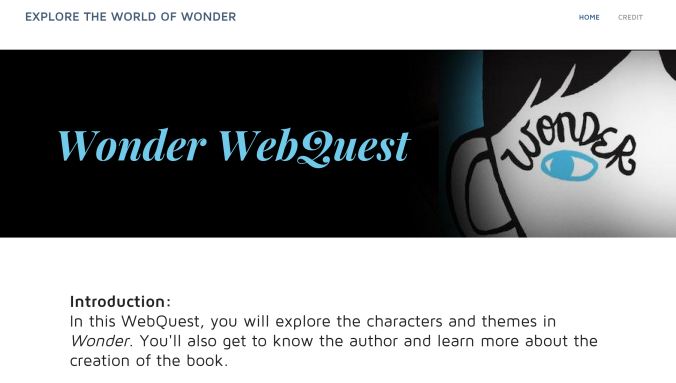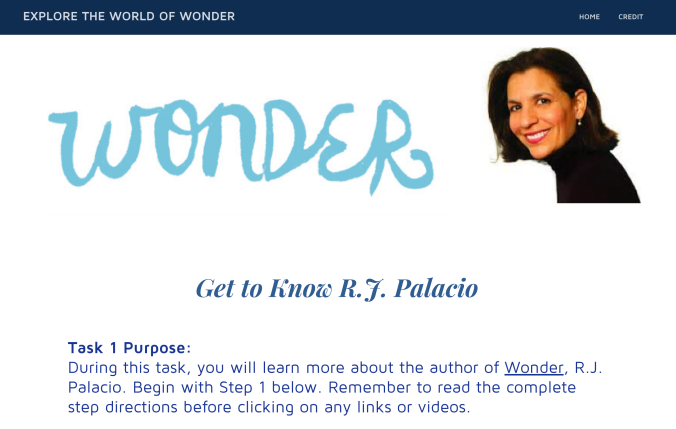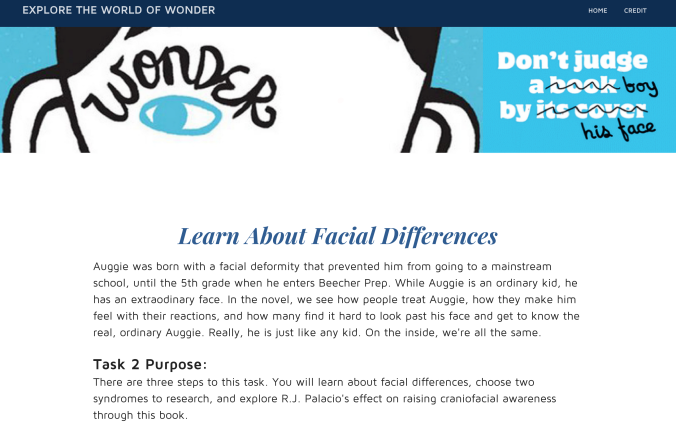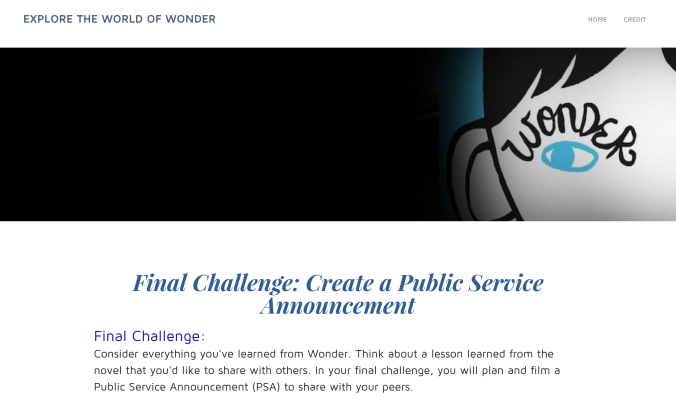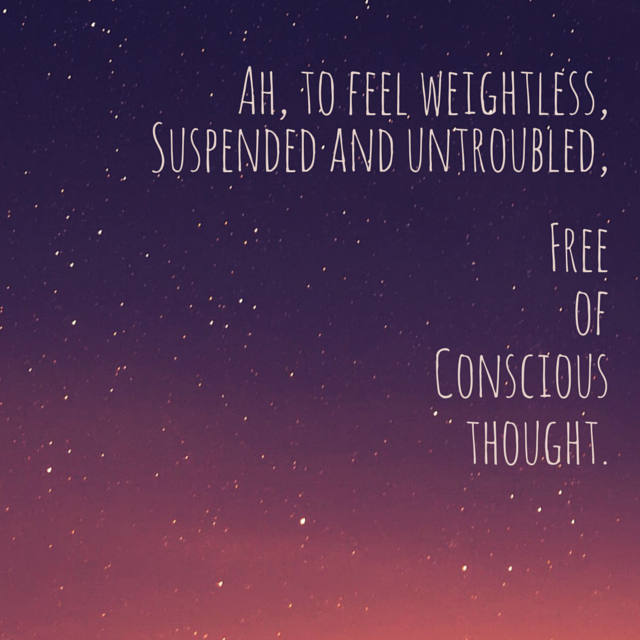 Today, when one of my students left for pickup, I overheard him sharing, “I think this was the best first day of school ever.” My heart warmed and it got me thinking…what was so different about this first day than those in his previous years?
Today, when one of my students left for pickup, I overheard him sharing, “I think this was the best first day of school ever.” My heart warmed and it got me thinking…what was so different about this first day than those in his previous years?
Well, traditionally, the first day of school for elementary students involves A LOT of listening – listening to the teacher introduce herself, listening to the teacher talk about the rules, listening to the teacher talk about the classroom and explain how it will operate, listening to explanations of procedures, etc. And let’s not forget the first day getting-to-know-you ice breakers. When I was younger, I dreaded the first day of school routines. Although I always felt ready for the first day and I was always eager to see my friends, I just wished I could skip the humdrum of the first day of school. In an effort to prevent my students from feeling as I did, I work to involve my students as much as possible on the first day of school (and always). I intentionally choose activities that get them up and out of their seats.
Today was the first day of school for me and my 5th grade kiddos. At the end of the day, my students left the classroom with energy, excited and eager to come back for Day 2. They left with energy because they had a first day that included a lot of movement and they played an active role in getting to know the classroom. Instead of being talked at throughout most of the day, they were involved and responded to.
The most successful and engaging part of the day was when my students toured the classroom. I recommend you give this a try!
Student Centered Classroom Tour
I begin by asking my students if they think someone would be able to learn about them if that someone visited their bedrooms. This leads to a great discussion about what we can learn about someone by noticing things around his or her room. We can learn about what they like, what they value or what they find important. I then ask the students if they think the same applies to a teacher’s classroom – do they think they can learn more about me and the classroom by looking around and making observations. They, of course, determine that they can.
I hand my students a piece of paper and a clipboard. At the top of the page they write, “Observations:”, and about two-thirds of the way down the page they write, “Questions:”. Then, I explain that they will have the opportunity to tour the classroom. They, on this occassion only, are invited to open up any cabinets they’d like and look around. Besides the one locked drawer I have, everything is fair game. This alone excites them. I explain that I want them to make as many observations as they can and I want them to try their very best to come up with two questions.
Now, they are allowed to talk during this activity, but for about 15 minutes my room was nearly silent. They loved it and were fully engaged! They really took their time to check things out thoroughly and had fun trying to guess the purpose for different things around the room. During this time, I didn’t answer any questions. I’d invite students to write them down and explained that we would get to them later.
After about 15 minutes, I called my students back together. First, they shared their observations. During this time, I was also able to share expectations for group conversations without being preachy; it happens naturally as students discuss. Then, the best part! Time for questions. During this time, students will ask every question that you’d want to respond to in order to give them an overview of the room and your policies. The class eats this question and answer session up! Throughout it, they are smiling, laughing, and asking follow up questions. I believe they particularly like this activity because they own the time; they’re leading the questions and it makes them feel important. Really, they’re just giving me an opportunity to share all the information I’d want to share anyway, but now, they’re participants instead of recipients. It takes a maximum of two minutes to respond to any questions and then the floor belongs to the students again.
This student-centered approach to a typical first day energizes students. They also remember much more than when using the alternative approach – talking at the students as you go over the important first day info. Rather than getting that glossed-over-tired look, you get smiles, participation and ultimately, retention; they’re involved, so they remember.
For those of you who haven’t yet had your first day, I wish you the best!

